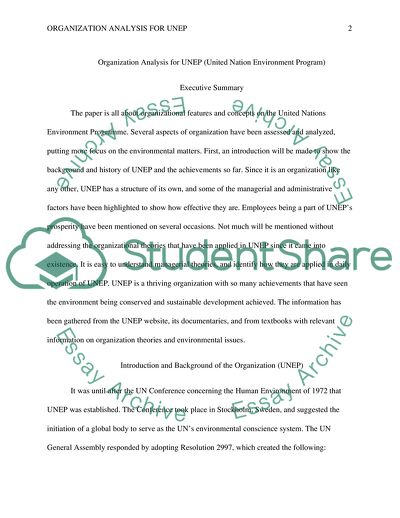Cite this document
(Organization Analysis For United Nation Environment Program Term Paper - 1, n.d.)
Organization Analysis For United Nation Environment Program Term Paper - 1. https://studentshare.org/environmental-studies/1793513-organization-analysis-for-unep-united-nation-environment-program
Organization Analysis For United Nation Environment Program Term Paper - 1. https://studentshare.org/environmental-studies/1793513-organization-analysis-for-unep-united-nation-environment-program
(Organization Analysis For United Nation Environment Program Term Paper - 1)
Organization Analysis For United Nation Environment Program Term Paper - 1. https://studentshare.org/environmental-studies/1793513-organization-analysis-for-unep-united-nation-environment-program.
Organization Analysis For United Nation Environment Program Term Paper - 1. https://studentshare.org/environmental-studies/1793513-organization-analysis-for-unep-united-nation-environment-program.
“Organization Analysis For United Nation Environment Program Term Paper - 1”. https://studentshare.org/environmental-studies/1793513-organization-analysis-for-unep-united-nation-environment-program.


